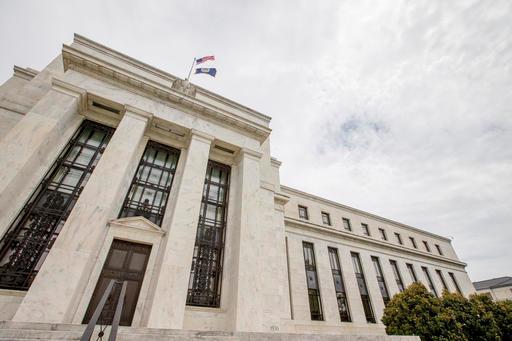Why the Fed must raise rates
The Federal Reserve is expected to raise interest rates for the fourth and final time on Wednesday at the conclusion of their two-day policy meeting.
On Tuesday, President Trump who has been unleashing a steady stream of criticism in recent months against the Fed, urged policymakers to ‘feel the market’ before raising rates.
“I hope the people over at the Fed will read today’s Wall Street Journal Editorial before they make yet another mistake,” he wrote. “Also, don’t let the market become any more illiquid than it already is. Stop with the 50 B’s. Feel the market, don’t just go by meaningless numbers. Good luck!”
However Charles Schwab Chief Investment Strategist Liz Ann Sonders said if the Fed doesn’t’ raise rates on Wednesday, the market, which is on pace for its worst December since the Great Depression, will not take them seriously.
“I think if the Fed were to pause tomorrow and not do something I’m not so sure that would be a positive message from a market perspective,” she said during an appearance on FOX Business’ “Mornings with Maria,” and she added that “whether they pause heading into next year—data dependency is legitimate.”
During a speech at The Economic Club of New York last month, Federal Reserve Chairman Jerome Powell reinforced the idea that financial volatility alone wouldn’t impact their interest rate decision. Sonders says this distinction was important because the real interest rates are still only zero and the markets are expecting a hike.
“It is certainly different in this environment with rates having gone to zero into negative territory, outside the United States—$25 trillion added to global central bank balance sheets and we are now seeing that liquidity tide come out,” she said. “There are no free lunches.”
The Fed has raised rates three times this year and an additional three are expected in 2019. The Fed Funds rate is currently in a target range of 2 percent to 2.25 percent.
The U.S. Central Bank can raise rates as a tool to manage inflation so that it does not hinder economic growth. In November, the Consumer Price Index was unchanged, according to the Labor Department. Over the past 12 months, the CPI has risen 2.2 percent.
Although falling commodity prices will ease inflationary pressures, Sonders said long-term global secular pressures on inflation may persist.
Unlike other central banks, the U.S. is operating under a dual mandate of full employment, and price stability, which makes their decision more difficult.
“Although we’ve got price stability, we’ve got the tightness in the labor market, and the increase in wages which is great for workers but could start to filter into rising core measures of inflation given that core CPI is running above the Fed’s target,” she said.
